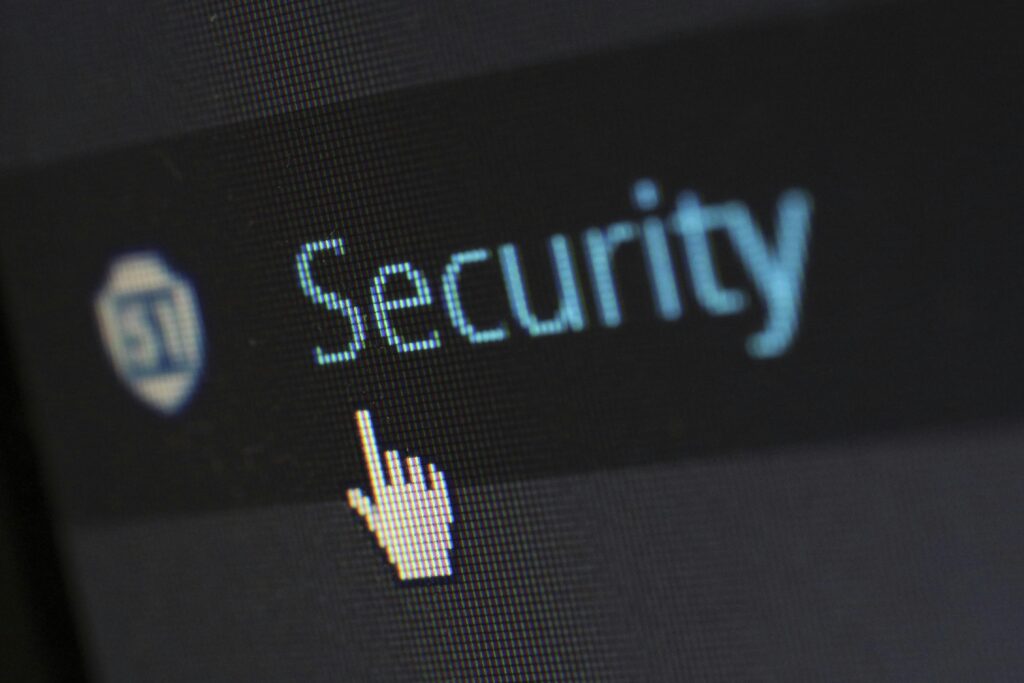
In today’s interconnected world, cybersecurity is no longer a luxury—it’s a necessity. Cyber threats are constantly evolving, targeting individuals, businesses, and even governments. Protecting yourself in the digital age requires understanding the risks and adopting essential practices to safeguard your personal information and digital assets. Here’s a guide to help you navigate the basics of cybersecurity.
Understand the Threat Landscape
Cybersecurity threats come in many forms, including phishing scams, malware, ransomware, and identity theft. Attackers often exploit vulnerabilities in systems or trick individuals into sharing sensitive information. Staying informed about these threats is the first step to protecting yourself.
Create Strong, Unique Passwords
Weak or reused passwords are a common entry point for cybercriminals. To secure your accounts:
- Use strong passwords that combine uppercase and lowercase letters, numbers, and special characters.
- Avoid using easily guessable information, such as your name, birthdate, or common words.
- Use a password manager to generate and store unique passwords for each account securely.
Enable Multi-Factor Authentication (MFA)
Multi-factor authentication adds an extra layer of security to your accounts by requiring a second verification step, such as a code sent to your phone or an authentication app. Even if an attacker obtains your password, MFA makes it significantly harder for them to access your account.
Be Cautious with Emails and Links
Phishing attacks are a leading cause of data breaches. Cybercriminals often send deceptive emails or messages to trick you into revealing sensitive information or clicking malicious links.
- Verify the sender’s email address before responding or clicking on links.
- Avoid downloading attachments from unknown sources.
- Look out for urgent language or unusual requests, which are common in phishing scams.
Keep Your Software Updated
Outdated software can have vulnerabilities that hackers exploit. Ensure that your operating system, apps, and devices are up to date with the latest security patches.
- Enable automatic updates where possible.
- Regularly check for updates on critical applications, such as web browsers and antivirus programs.
Use Secure Wi-Fi Connections
Public Wi-Fi networks are often insecure, making it easy for attackers to intercept your data. To protect yourself:
- Avoid accessing sensitive accounts, such as online banking, on public Wi-Fi.
- Use a virtual private network (VPN) to encrypt your internet connection.
- Ensure your home Wi-Fi is secured with a strong password and WPA3 encryption.
Backup Your Data Regularly
Data backups are essential for recovering from ransomware attacks or accidental data loss.
- Use cloud storage or external drives to back up your files.
- Schedule regular backups and test them to ensure your data can be restored.
Practice Safe Social Media Habits
Social media platforms are a goldmine for cybercriminals seeking personal information.
- Limit the amount of personal information you share online.
- Adjust your privacy settings to control who can see your posts and profile.
- Be cautious about accepting friend requests or clicking on unknown links.
Install and Update Security Software
Reliable antivirus and anti-malware software are your first line of defense against cyber threats.
- Use reputable security programs to protect your devices.
- Enable real-time scanning and schedule regular scans for malware.
Stay Educated and Vigilant
Cybersecurity is an ongoing process that requires vigilance. Keep yourself informed about the latest threats and best practices. Many organizations offer free online resources and courses to help individuals improve their cybersecurity knowledge.
In the digital age, cybersecurity is everyone’s responsibility. By adopting these essential practices, you can significantly reduce your risk of falling victim to cyberattacks. Remember, staying secure isn’t just about protecting your devices—it’s about safeguarding your personal and financial well-being. Take proactive steps today to build a safer digital future for yourself.




